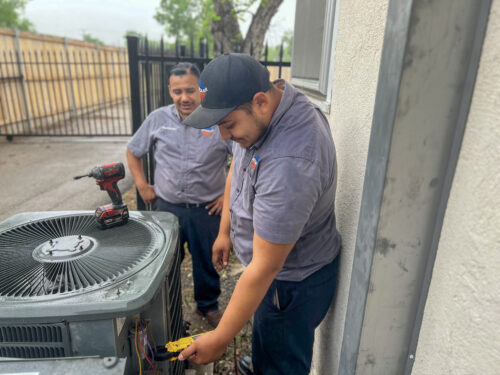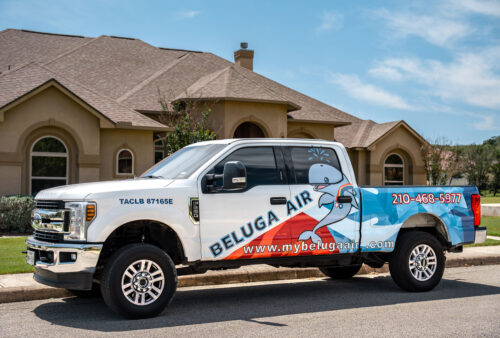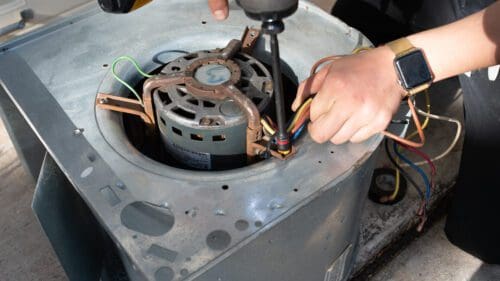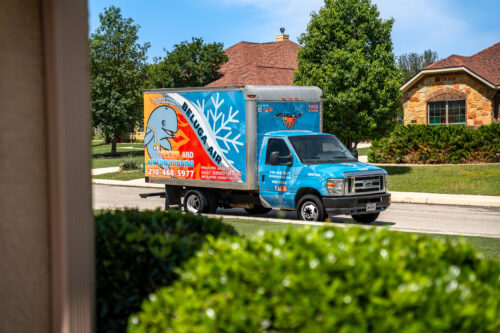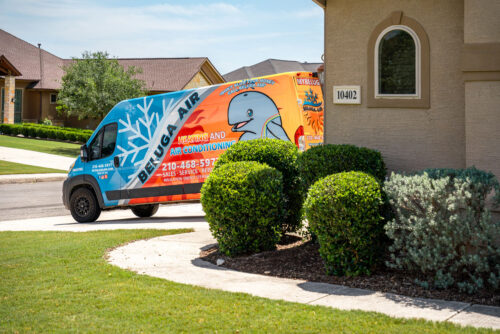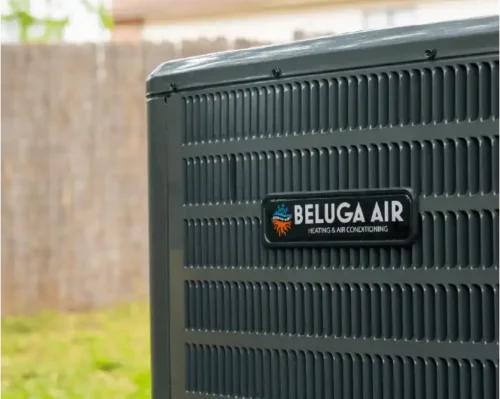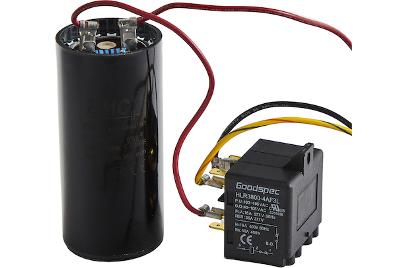Modern HVAC
Modern day HVAC is divided into three major residential system types. Although there are three categories there are endless configurations.
The three major categories for residential HVAC systems are electrical systems, heat pump systems, and gas systems.
These three categories include numerous different options in configuration and components, so lets break those down.
Electrical Systems
Electric HVAC systems are some of the most common systems installed. These systems are a reliable way to heat and cool our homes, offices, and other indoor spaces. They make use of electricity to power an air-conditioning system that can both heat and cool a space through the process of circulating air. This is done by using a variety of components, such as an air handler, compressor, fan coil unit, evaporator coil or condenser coil.
Key Differences
The major difference you will see between this type of system and the other types below is how they create heat. Electrical systems create heat by energizing a coil of metal, then blowing air through this coil. Each year during the warmer months your heater remains inactive and dust can sometimes build up on these coils. This is why you get that distinctive burning smell the first time you turn the heat on each year, don’t worry if your smoke alarm goes off either, this is completely normal. If your smoke alarm continues to go off for hours after the heat has been activated call a professional right away.
Key Similarities
On the cold side of the system you’ll see that the primary components of an AC unit are typically the same across these three variations. The key components are the compressor, condenser coil, evaporator coil, metering device(Thermostat) and blower motor. When powered on, the compressor pulls refrigerant gas from the evaporator coil located inside the building. The coolant gas is then compressed into a liquid state before being transferred to the condenser coil outside where heat is released into the atmosphere by the fans in that loud box outside your home. This liquid gas is pumped back into your Evaporator Coil in your inside unit and decompressed causing the liquid to expand into a gas and absorb heat. Much like an ice cube melting in a drink, when water transform from a solid to a liquid it absorbs heat. This absorption makes your ice cubes melt and your drink colder. In the same way the gas expanding absorbs heat makes the pipes cold. Air is drawn through those cold pipes by your blower motor delivering cold air to your home through your ducts.
This cooling process is relatively the same for each of the other two types of systems we’ll discuss below.
Heat Pumps
Heat pump systems actually work exactly the same as their electrical cousins do, but with one major difference. We already explained that the electrical system provides heat by energizing a coil with electricity and that it cools by compressing refrigerant and decompressing it resulting in hot air outside and cold air inside, but what if you reversed that cooling process? You could take the cold air outside and bring the warm air inside. That is exactly what a heat pump system does. By simply reversing the process the machine is able to create hot air in your home and push all of the cold air outside of your home.
Gas Systems
Lastly we have gas systems and I’m sure by this point many of you will have a good guess at the difference in gas systems from the two above. The cooling side of a gas system is identical to that of an electrical system. The heating portion of the unit, however, is powered by combustible gas that is burned in a furnace to heat your home. Air is blown thru this furnace and heat is delivered through the ducts.
Other Options
This is a very simple break down of the three major system categories, but there are also alternative solutions for different applications. For example, Mini splits are similar to their Electric System cousins in the fact that they are simply smaller versions of the same machine. They are simply designed to cool smaller spaces. One key difference is that because of their size they run without ducts.
There are many other ductless options and even some bigger commercial options like RTU’s (Roof Top Units).
But overall they all essentially work in the same way.
Unique Solutions
In some areas “swamp coolers” are used to cool homes. Swamp Coolers use the original design from Benjamin Franklin to naturally cool a space with water and evaporation. This unit is unlike any of the above units in this regards and could technically be considered a forth category, however it isn’t used often. Read more about the origins of Air Conditioning (Ben Franklin) in our Article, What Does HVAC Stand For?
Learn About The Signs Of When Your System Will Need Replacing
Being prepared makes a huge difference, no one wants to be caught off guard. Learn about HVAC Systems and how to know if yours might need to be replaced soon and how to be prepared for when it does.
Or Call And Speak To One Of Our Pros!
Need A New System?
If you’re looking to replace your system and want to learn more about different options, please give our office a call. We would be happy to give you more information or send a technician out to your home to give you a free estimate and explain what would be the best options for your home.
